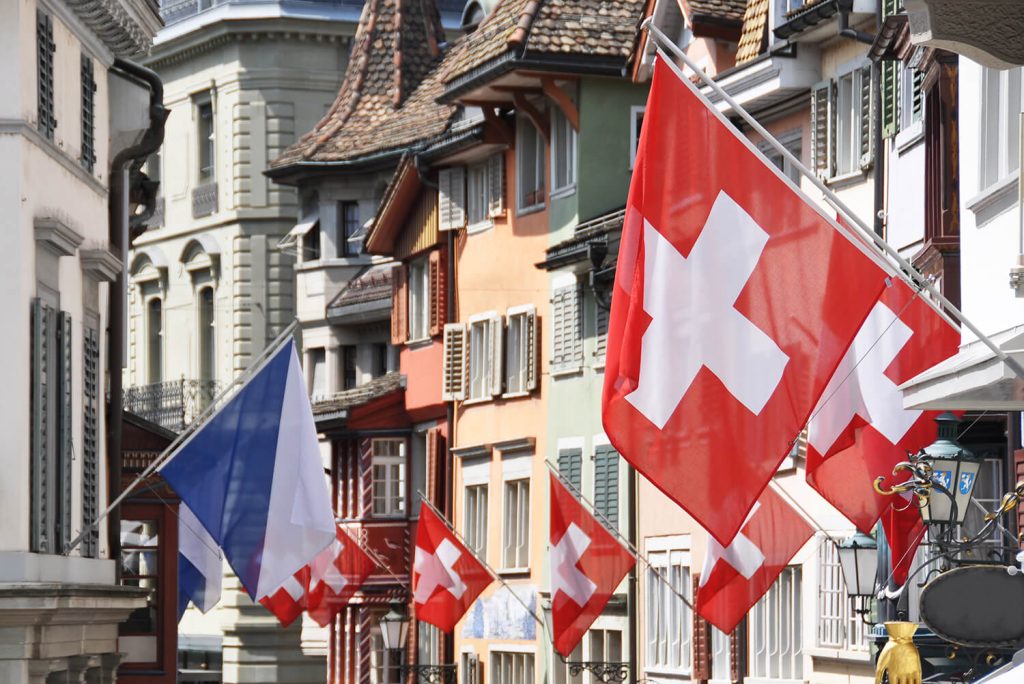An important European market, an important non-EU market, a market of luxury and multilingualism: you guesses it, it’s Switzerland. The Swiss spend 4.82 billion USD on wine every year. Their reputation for stability and glacial change is clear in their taste for wine: traditional food pairings and cork-stopped bottles are a recipe for success. Switzerland is a country with four official languages and an unofficial lingua franca in English. The importance of multilingual marketing is bound to increase the bill for a small importer.
Cultural ties between linguistic regions of Switzerland and their ‘sister country’ are strong, with the residents of Ticino and southern Graubünden likely to opt for an Italian vintage. But these bonds aren’t unbreakable. Yes, Swiss German consumers like German and Austrian wine, but, according to Wine Intelligence, they are also more open to imports from Australia and South Africa. But when it comes to overall importation figures, who comes out on top? There are no prizes for guessing France and Italy. That said, Switzerland is another country which may benefit from the north-shift of wine-growing regions with a warming climate.
Not that the Swiss domestic market is to be sniffed at. Wines have been grown in Switzerland for centuries, indigenous grapes such as Chasselas remain highly popular, and Swiss consumers, with their concern for sustainability, show a preference for local produce. Together, Italian and French wine make up 40% of the market; 25% and 15% respectively. Domestically produced wine is at 35%. According to the CBI, domestic produce is dominated by premium whites. Swiss consumers associate a good white wine with a Swiss white wine; importers of premium reds may find it easier to crack the market. The Swiss are also exceptionally concerned about the use of agricultural chemicals in their food and drink, meaning that organic and natural wines are likely to fare well.
It’s good news moving forward, too. The Swiss wine market is forecast to reach 5 billion USD by 2025, according to MarketResearch.com. A mid-range bottle of wine costs an average of 13 CHF. Best Wine Importers say it, well, best: the fourth largest market in the world is growing and diversifying year on year.
If you have the time and resources to untangle the red tape, then Switzerland offers a lucrative and predictable import market. Suppliers of quality red will be particularly welcomed; this is an international country, after all, and one with international tastes. The long-term future of the market, though, is likely to be in the hands of the Swiss themselves. Local, sustainable produce will dominate in the long-term, and importers from Chile and South Africa may think twice before investing in neutrality.



